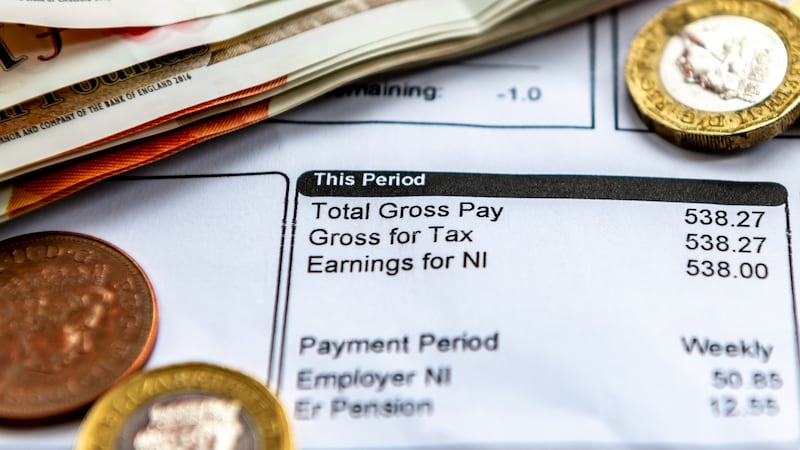QUESTION: What impact will the National Minimum Wage increase have for all those affected?
ANSWER: The increase in the minimum wage, effective from April 1, marks a significant change in the financial landscape for low-paid workers across the UK, particularly impacting one in eight workers in Northern Ireland. Previously, the NLM was available only to those aged 23 and above, but now, employees aged 21 and over will also qualify. This adjustment raises the rate from £10.42 to £11.44 an hour.
We feel that this development represents a monumental benefit to the economy, especially addressing the issue of low pay in Northern Ireland. It has notably decreased the proportion of workers classified as low-paid from about 20% to around 12% of the labour market, thus significantly benefiting the labour market.
This wage increase is particularly impactful in sectors known for low wages, such as hospitality, social care, and childcare. Alongside this, there’s also an adjustment in the minimum wage for younger employees, ranging from 16 to 20 years old, with rates depending on their age group. For instance, 16 or 17-year-olds will now receive £6.40 an hour, up from £5.28, while those aged between 18 and 20 will receive £8.60, up from £7.49.
This change is not only expected to elevate the earnings of those directly affected but also influence workers earning above the minimum wage if their employers have pledged to maintain a certain pay differential.
The adjustment in the living wage policy is expected to inject over £1,800 a year into the pay packets of full-time employees on the national living wage, affecting nearly three million people. The eligibility expansion to include those aged 21 and 22, who previously earned the national minimum wage, aims to equate their earnings with those receiving the national living wage.
Additionally, the voluntary real living wage and London living wage have also seen a 10% increase, potentially benefitting half a million workers.
However, it’s important to note the distinction between the national living wage and the minimum wage; the former has evolved to be the legal minimum hourly rate for adults over 21 in the UK, with the goal to reach two-thirds of the median earnings by 2024.
The changes to the wage structure come amidst concerns from businesses about a “perfect storm” of cost pressures, suggesting possible challenges in managing increased labour costs.
Businesses may face decisions on passing these costs onto customers to maintain profitability. The government’s commitment, seen through the acceptance of the Low Pay Commission’s recommendations, aims to ensure that the wage rates reflect the economic conditions and support the livelihoods of low-paid workers.
In summary, the increase in the National Living Wage and adjustments in the National Minimum Wage represent significant steps towards improving the financial well-being of low-paid workers in the UK.

While it brings substantial benefits to the workforce, particularly in sectors known for low pay, businesses express concerns over handling the associated cost pressures.
The changes underline the government’s effort to align wage growth with living costs, aiming to support a more equitable economic recovery and sustainable growth.
- Shane Martin (s.martin@fpmaab.com) is tax director at FPM Accountants Ltd (www.fpmaab.com). The advice in this column is specific to the facts surrounding the question posed. Neither the Irish News nor the contributors accept any liability for any direct or indirect loss arising from any reliance placed on replies








